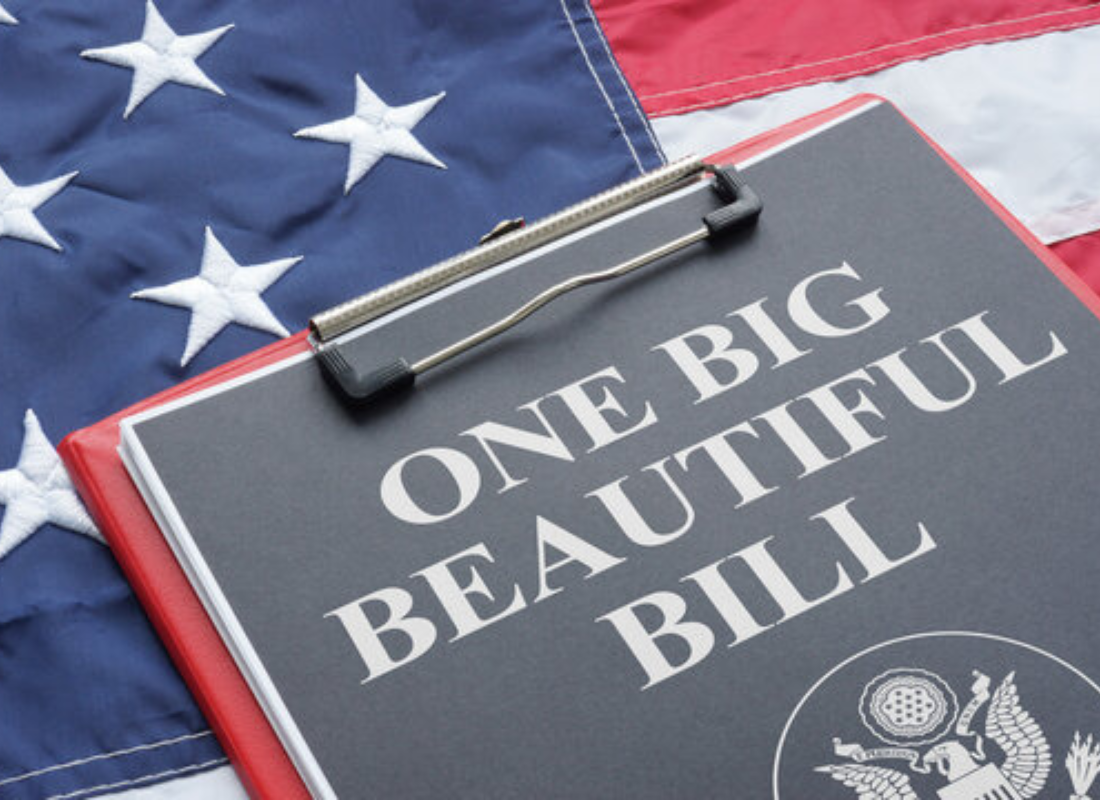Form 990 Article Series 03: Nonprofit Lobbying
Originally published on February 16, 2016
Updated on November 14th, 2024
This is the second article in a nine-part series on the Form 990. Read our first two articles: Nonprofit Compliance Checklist, and How to Review the Form 990.
Nonprofit organizations face multiple challenges: shrinking of grant funding alongside decreases in contributions. The demand for services continues to increase, but nonprofits face increased government oversight and minimal resources to expand services. Nonprofits, now more than ever, must become involved in public policy debates to raise awareness to the issues facing their local communities. If nonprofits are not engaging with politicians and raising awareness to the critical issues within their communities, it’s likely that no one else is either.
However, many nonprofits do not know what lobbying activities they can or cannot participate in and how much money can be spent on lobbying. IRS regulations detail the permissible lobbying activities for the various 501(c) organizations and lay out the expenditure restrictions. These activities must also be recorded in their From 990. Any 501(c) organization who answers “yes” to IRS Form 990 Part IV question 3 (political campaign activities), 4 (lobbying activities), or 5 (membership dues or assessments) has to complete Schedule C to furnish additional information on political campaign activities or lobbying activities.
What are political expenditures?
Political expenditures consist of any direct or indirect expenditure made for political campaign activities, including a payment, distribution, loan, advance, deposit, or gift of money or anything of value. They also include contracts, promises, or agreements to make an expenditure, whether or not legally enforceable.
What are lobbying expenditures?
Lobbying expenditures consist of the amounts paid or incurred for the purpose of attempting to influence legislation through communication with any member or employee of a legislative or similar body, or with any government official or employee who may participate in the formulation of the legislation, or by attempting to affect the opinions of the general public.
Types of lobbying expenditures:
Nonprofits incur direct lobbying expenditures in their attempts to influence any legislation through communication with a member or employee of a legislative or similar body or other government official or employee, where the principal purpose of the communication is to influence legislation.
- Communication is considered direct lobbying only if it refers to specific legislation (i.e. has already been introduced to a legislative body) and reflects a view on such legislation.
- A communication is not a direct lobbying communication if it is concerning action by the legislative body that might affect the organization’s existence or tax exempt status as opposed to merely affecting the scope of the organization’s activities.
- Examples of direct lobbying communications are sending letters or publications to, meeting with, or calling legislators or government officials regarding specific legislation.
Nonprofits incur grassroots lobbying expenditures in their attempts to influence any legislation through an attempt to affect the opinions of the general public.
- Communication is considered grassroots lobbying if it refers to specific legislation (i.e. has already been introduced to a legislative body), reflects a view on that legislation, and encourages recipients to take action about the specific legislation (e.g. encouraging individuals to contact legislators; including legislator contact information; providing a petition or tear-off material to send to legislator; direct mail; placing advertisements; issuing press releases; holding news conferences or rallies).
- Engaging in nonpartisan analysis, study, or research and making results available to the public or government officials is generally not considered lobbying.
Lobbying versus Activism
A specific activity is only considered direct or grassroots lobbying if it includes all elements of the definition included above. Let’s say a director for a 501(c)3 organization schedules a meeting with a member of Congress to discuss the challenges low-income individuals face when trying to find affordable housing in their community. As long as there is no pending legislation on this issue and the director doesn’t propose any legislation to address this issue, then the meeting was not considered direct lobbying. If a 501(c)3 organization paid for advertisement in a newspaper or magazine, or sent a direct mailing praising a proposed bill but did not include one of the four calls to action we mentioned earlier, that would not be considered lobbying.
Lobbying Expenditure Rules for 501(c)(3) Organizations
Exemption as a section 501(c)(3) entity precludes an organization from devoting a substantial part of its efforts to influencing legislation (i.e. lobbying). Because the meaning of the term substantial is unclear, an entity may not know when it crosses the line between insubstantial and substantial. To minimize uncertainty and to allow certain entities the opportunity to do a limited amount of lobbying, Congress enacted specific lobbying guidelines allowing an eligible organization to elect to use IRC Sec. 501(h). Eligible organizations (educational institutions, hospital and medical research organizations, organizations supporting a public college or university, publicly supported charities, and organizations supporting a public charity) that make this election can spend a specified amount to influence legislation without risking the organization’s tax exemption.
NOTE: this election only applies to lobbying expenditures; all political expenditures (i.e. expenditures for political campaign activities) are prohibited.
An organization can make a 501(h) election by filing a completed Form 5768 with the IRS.
Under the 501(h) election, nonprofits are subject to the expenditure test, in which an organization is permitted total annual lobbying expenditures (grassroots lobbying plus direct lobbying) equal to—
- 20% of the first $500,000 of the organization’s exempt purpose expenditures, plus
- 15% of the next $500,000, plus
- 10% of the next $500,000, plus
- 5% of any remaining expenditures
- Up to $1 million max for any organization regardless of exempt purpose expenditures
A separate limitation is imposed on grassroots lobbying expenditures, which is equal to 25% of the limitation for total lobbying expenditures (up to $250,000 max).
501(c)(4)(5)(6) Organizations
501(c)(4)(5)or(6) may lobby without limitation and participate in some partisan political activities because contributions to these organizations are not tax deductible.
Any 501(c)(4)(5)or(6) organization that receives membership dues must complete Part III of Schedule C of the Form 990, regardless of the extent of political campaign and lobbying activities. A notable exception to the definition of lobbying activities for these organizations is that only for purposes of Schedule C Part III reporting, direct lobbying expenditures do not include local legislation (i.e. only state and federal lobbying are reportable as nondeductible on this schedule).
Another exception unique to 501(c)(4)(5)or(6) organizations is the in-house lobbying exception. An organization may mark “yes” on Schedule C Part III-A line 2 if the organization had $2,000 or less of in-house lobbying expenditures and no other lobbying expenditures. In-house lobbying expenditures include salaries and other expenses of the organization’s officials and staff paid for the planning of legislative activities. If the organization had any other lobbying expenditures that are not considered in-house (i.e. direct contact of legislators or general public to influence legislation), and/or any political campaign expenditures, then the organization does not meet this exception and answers “no”.
Conclusion
Nonprofits can, and should get involved in the legislative process and participate in policy discussions to make sure their voice is heard. They must also understand how to lobby appropriately and not put their nonprofit status at-risk as a result of these activities.
Nonprofits must ensure their Form 990 includes all lobbying expenditures and activities. They should also consider filing the completed Form 5768 to the IRS. James Moore, CPAs is experienced in preparing these forms and is a good resource to nonprofits who want to make sure their documentation is prepared thoroughly and accurately. Contact us for more information on lobbying and preparing your Form 990.
All content provided in this article is for informational purposes only. Matters discussed in this article are subject to change. For up-to-date information on this subject please contact a James Moore professional. James Moore will not be held responsible for any claim, loss, damage or inconvenience caused as a result of any information within these pages or any information accessed through this site.
Other Posts You Might Like

